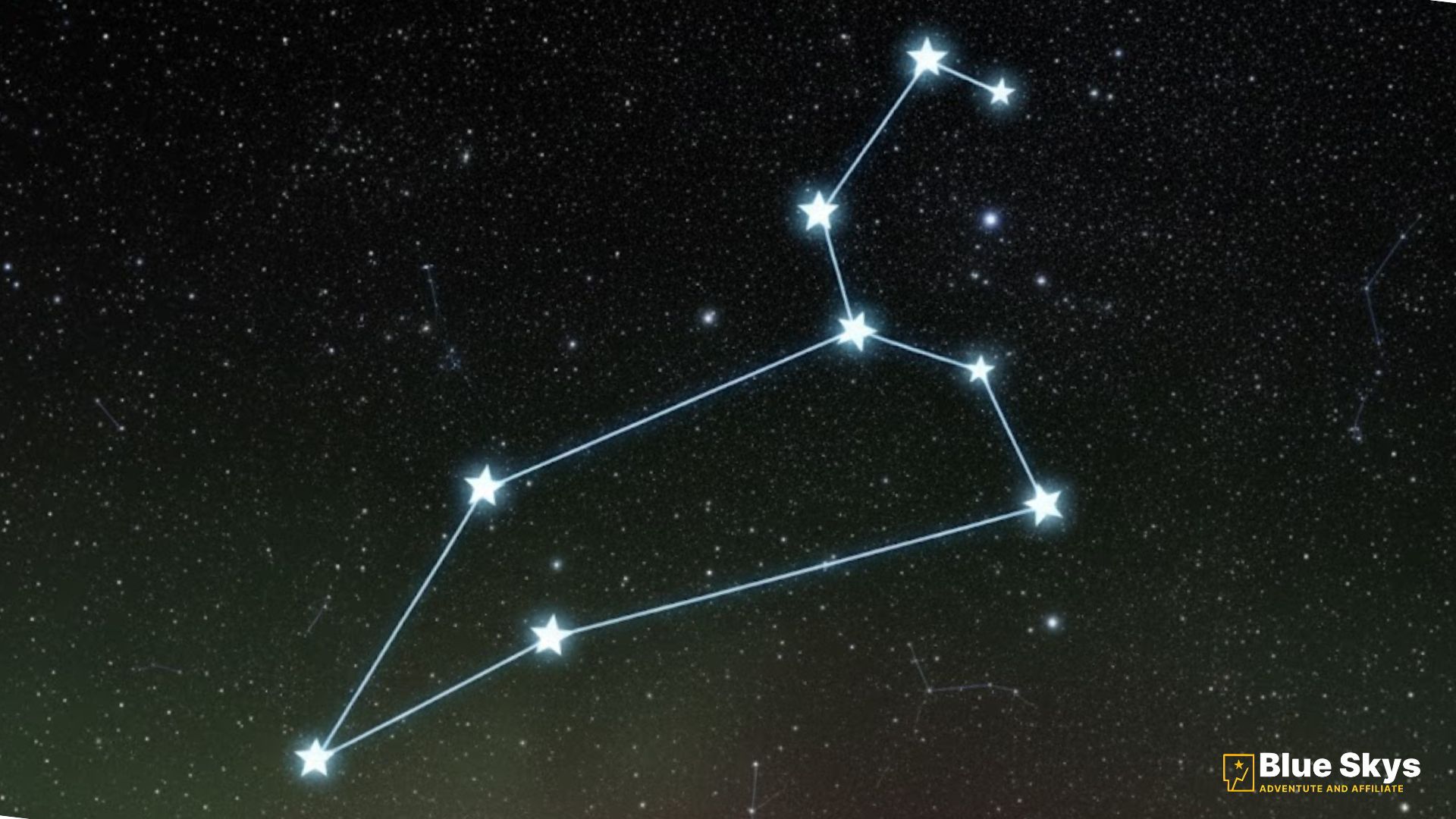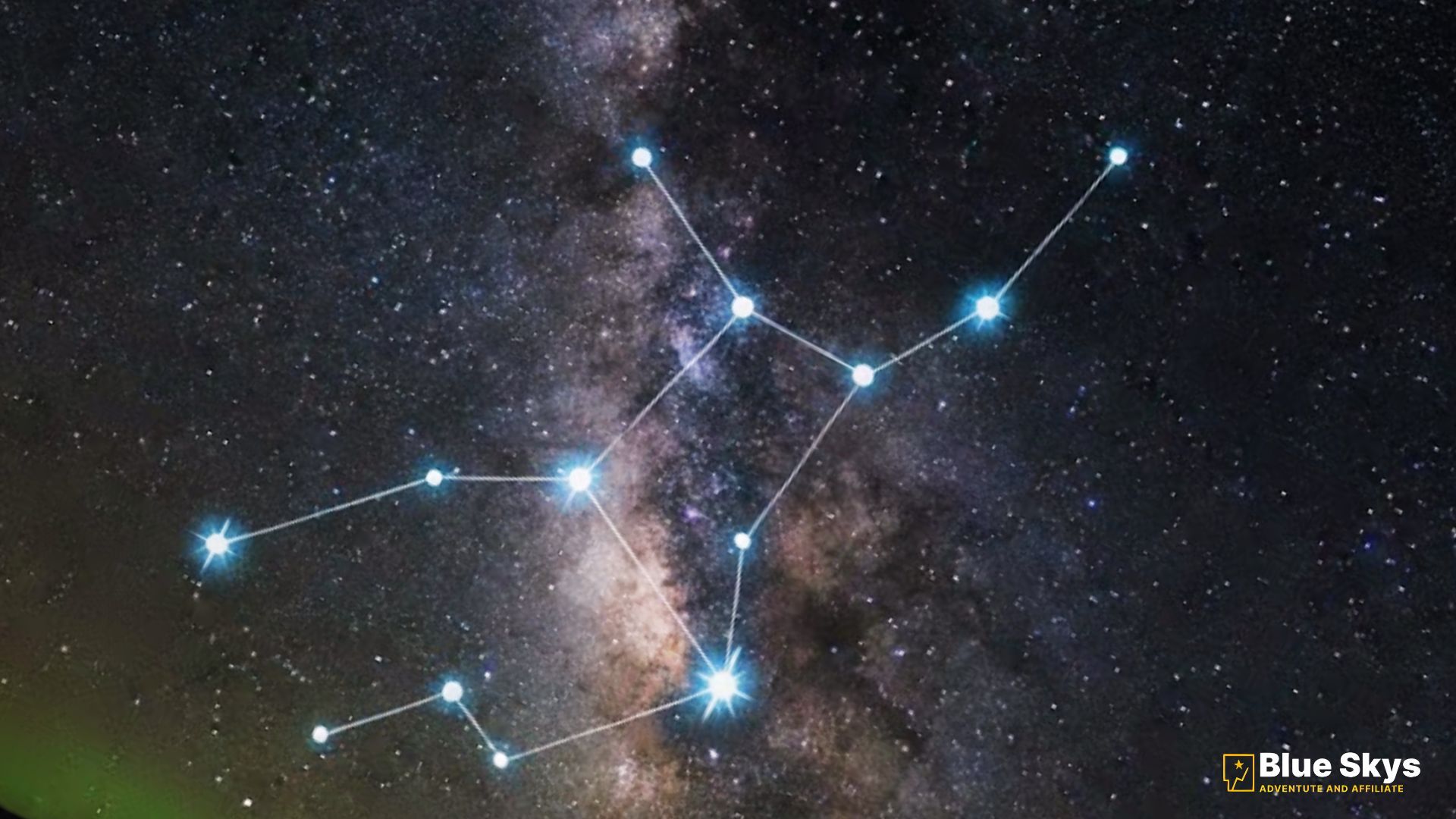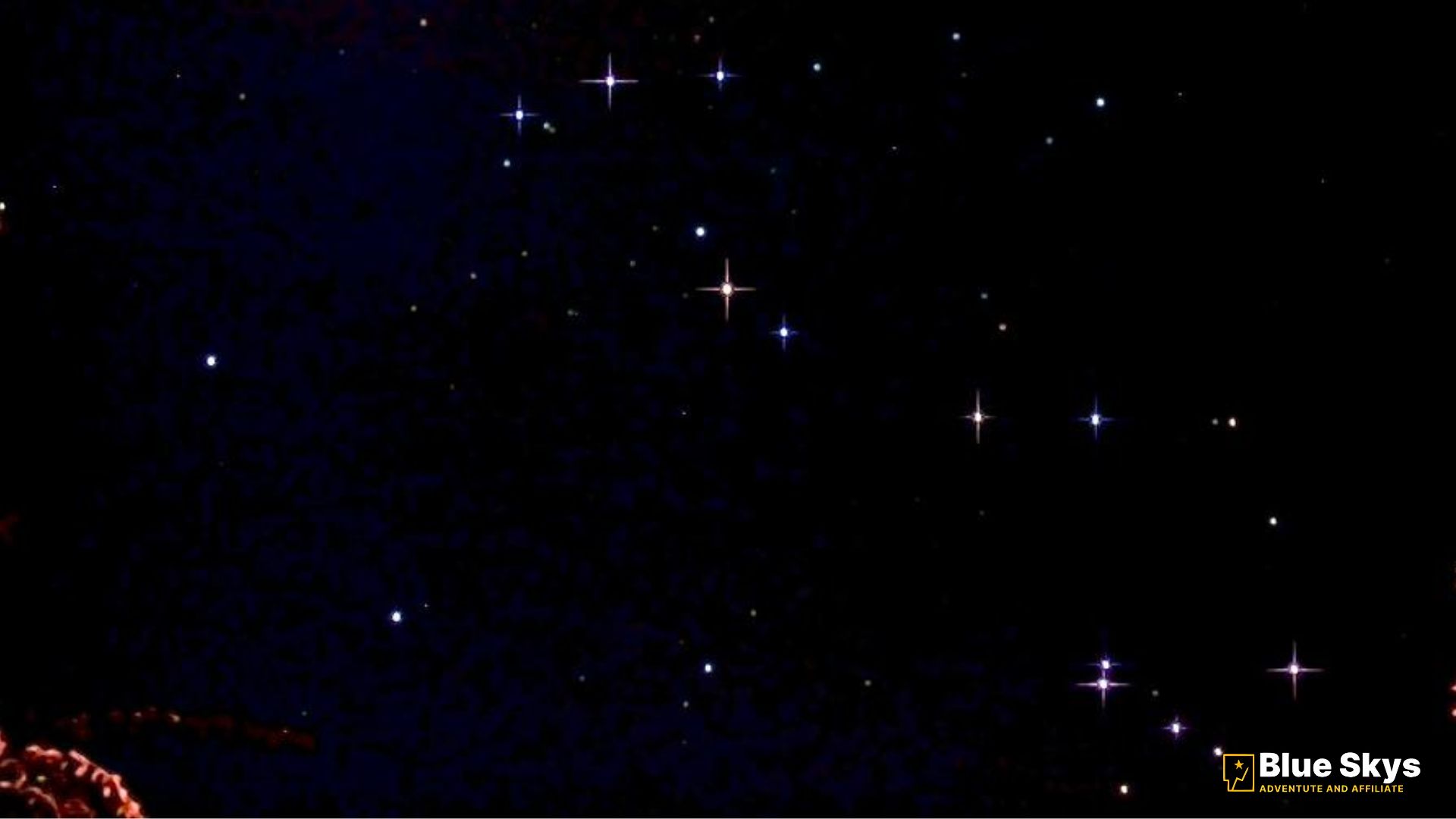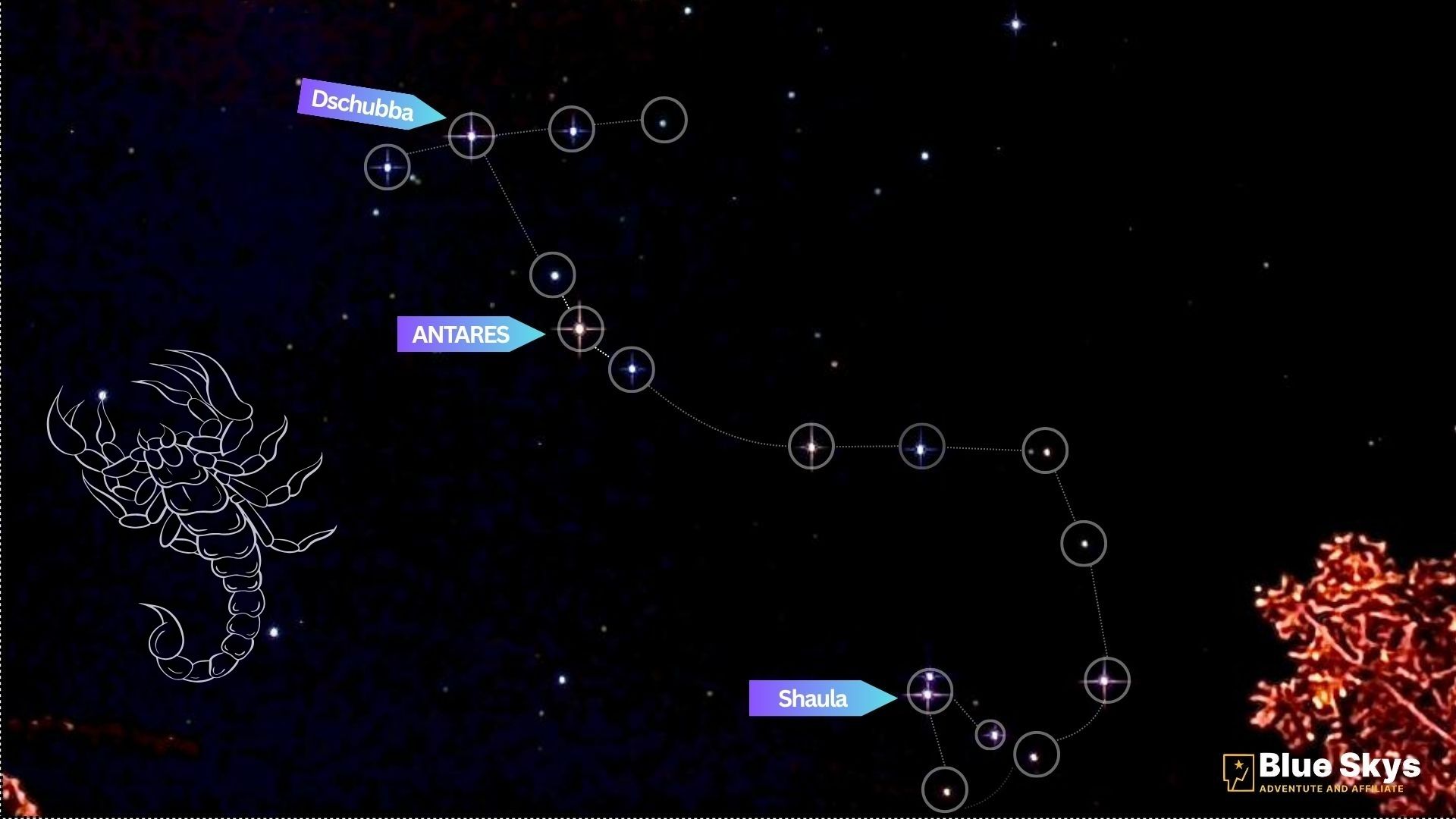When the air turns crisp and Orion climbs high in the east, another celestial figure rises beside him — a shimmering “V” of stars crowned by a fiery orange eye. That’s Taurus, the Bull, one of the most recognizable constellations in the northern winter sky. Finding it isn’t hard once you know where to look, and tonight, you’ll learn exactly how.
1. Why Taurus Is Worth Finding
Taurus isn’t just another cluster of stars — it’s a gateway to some of the night sky’s most breathtaking sights. Within its boundaries lie the Hyades and Pleiades, two of the closest and most photogenic star clusters to Earth. The bright orange star Aldebaran, known as the Bull’s Eye, burns steadily near the center of the constellation, guiding stargazers for centuries.
Finding Taurus means unlocking a deeper understanding of winter constellations and the natural rhythm of the cosmos. Whether you’re using a telescope, binoculars, or just your eyes, this constellation has something for everyone.
2. The Myth Behind the Bull
In Greek mythology, Taurus represents Zeus disguised as a magnificent white bull. He carried the princess Europa across the sea — a story immortalized in the stars. This ancient tale gives Taurus its symbolism of strength and passion, and even today, the bull’s head and horns are easy to imagine when tracing its outline.
3. When to Look for Taurus
Best visibility: November to March
Peak months: December and January
During winter evenings in the Northern Hemisphere, Taurus dominates the eastern sky after sunset and crosses overhead by midnight. In early spring, it slowly drifts toward the west, setting by midnight.
🧭 Expert Callout:
Right Ascension (RA): 4h 30m
Declination: +15°
Magnitude range: Aldebaran ~0.85, visible even from light-polluted suburbs.
If you’re in the Southern Hemisphere, look north on those same winter nights (your summer) — Taurus will hang low above the horizon.
4. Finding Taurus: The Step-by-Step Sky Guide
Let’s get practical. Here’s a simple, reliable method to locate Taurus in the night sky, even if you’re new to stargazing:
-
Start with Orion the Hunter.
Find Orion’s Belt — three bright stars in a neat diagonal line. -
Draw a line upward (northwest direction).
Continue that imaginary line past the Belt’s top star, and you’ll notice a bright orange star — that’s Aldebaran, the glowing eye of Taurus. -
Spot the “V” shape of the Bull’s head.
Surrounding Aldebaran is a small V-shaped group of stars — this is the Hyades Cluster, representing the bull’s face. -
Look farther for the Pleiades.
A bit farther west (right), you’ll see a tiny cluster that looks like a miniature dipper — the Pleiades or “Seven Sisters.”
Once you spot both the Hyades and the Pleiades, you’ve found the heart of Taurus.
5. Stargazing Tools That Help
You can see Taurus with your naked eye, but a few tools make the experience magical:
-
Binoculars (8×42 or 10×50): Perfect for revealing the faint members of the Hyades and the delicate blue stars of the Pleiades.
-
Telescope: Great for close-up views of Aldebaran’s color and fine details in the clusters.
-
Star map or mobile app: Use apps like SkySafari, Stellarium, or SkyView to pinpoint Taurus and track its movement.
🔭 Expert Tip:
When observing through binoculars, adjust focus slightly until Aldebaran appears deep orange — this contrast helps you distinguish it from the surrounding cluster stars.
6. The Science Behind the Stars
Taurus isn’t just pretty — it’s scientifically fascinating.
-
Aldebaran lies about 65 light-years away, much closer than the Hyades Cluster, which sits around 150 light-years from Earth.
-
The Pleiades Cluster is even farther, roughly 440 light-years distant, filled with hot blue stars still young in cosmic terms.
These layered distances make Taurus a kind of 3D constellation — what you see as a flat pattern is actually a vast, multi-depth stellar neighborhood.
7. Photographing Taurus: Simple Astrophotography Tips
You don’t need professional gear to capture Taurus beautifully.
-
Use a DSLR or mirrorless camera with a wide-angle lens (18–50mm).
-
Mount it on a tripod and set a 15–20 second exposure at ISO 1600–3200.
-
Include Orion or a foreground landscape for stunning composition.
📸 Pro Tip:
Use a remote shutter or timer to avoid camera shake. And if you stack multiple shots using free tools like DeepSkyStacker, you’ll bring out the delicate blue glow of the Pleiades.
8. Common Mistakes to Avoid
-
Confusing Aldebaran with Mars: Both shine orange, but Mars moves nightly against the stars; Aldebaran stays fixed.
-
Using bright phone screens: Your eyes need about 20 minutes to adapt to darkness.
-
Observing too early in the evening: Wait at least an hour after sunset for the sky to fully darken.
A little patience makes all the difference between an average view and a jaw-dropping one.
9. Beyond Taurus: What Else to See Nearby
Once you’ve found Taurus, expand your view — it’s part of a larger celestial neighborhood:
-
To the east, Orion the Hunter stands tall.
-
To the north, Perseus glimmers faintly.
-
To the west, you’ll soon find the constellation Auriga, home to Capella.
This region is one of the richest star fields in the sky — perfect for winter nights of exploration.
10. Why Taurus Never Gets Old
Even seasoned astronomers return to Taurus year after year. It’s like visiting an old friend — familiar yet full of surprises. The more you observe it, the more details you uncover, from faint double stars to drifting meteors from the Taurid Meteor Shower each November.
Whether you’re lying under a quiet rural sky or peering through city haze, Taurus offers a reminder: the universe is vast, but it’s also beautifully connected to every clear night you spend looking up.
Conclusion
Finding the Taurus Constellation in the night sky isn’t just about locating a group of stars — it’s about reconnecting with a timeless pattern humans have admired for thousands of years. From Aldebaran’s fiery glow to the misty shimmer of the Pleiades, Taurus is a reminder that wonder is always overhead, waiting for you to look up.
So grab a blanket, find a dark spot, and let the Bull lead you across the winter heavens.





